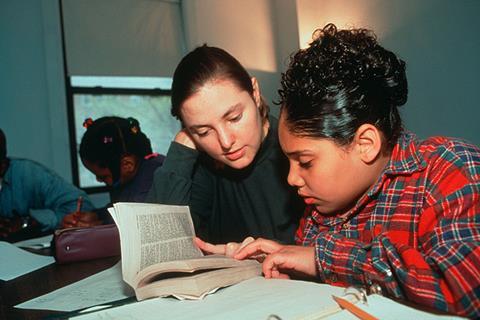Olha Madylus looks at strategies for teaching and learning vocabulary.

Four principles for teaching and learning vocabulary
- Recycling
It is vital to ensure that new vocabulary is regularly recycled/revised, because if students do not get the chance to put it into use they will easily begin to forget it. - Motivation
It is also important to ensure teenagers are paying attention and involved in their lessons and lots of ideas for practising vocabulary are FUN! - Exams
An aspect of language that is judged in examinations is the range of vocabulary that students have, so they must be able to use vocabulary they have learnt effectively in exam situations. - Communication
In order to communicate clearly and effectively a good range of vocabulary is needed. It enriches both spoken and written language.
More tips on teaching vocabulary
Encourage your students to keep good personal vocabulary records. Just a list of new words that came up in the lesson is not very useful after a couple of days. Students may find it useful to use any of the following:
- Translation
- Examples e.g. furniture e.g. table, chair, wardrobe
- Picture
- Definition in English
- Opposites or antonyms
- Word within meaningful example sentence ( ‘I like rollerblading’ does NOT help students remember what rollerblading means, whereas a picture or translation might).
- Collocation e.g. to apply for a job
- Diagram or picture e.g. for parts of the body
Reading extensively doesn’t automatically improve students’ use of vocabulary. To encourage their expansion of vocabulary, get students to collect new words they have learnt and to use them soon in their own writing.
Collect new words learnt in class on large sheets of paper on the classroom walls and refer to them often, encouraging students to use them in spoken and written English.
Topics
Teenagers: Vocabulary
- 1
 Currently reading
Currently readingTeenagers: Vocabulary
- 2
- 3
- 4
- 5
- 6
- 7
- 8






No comments yet